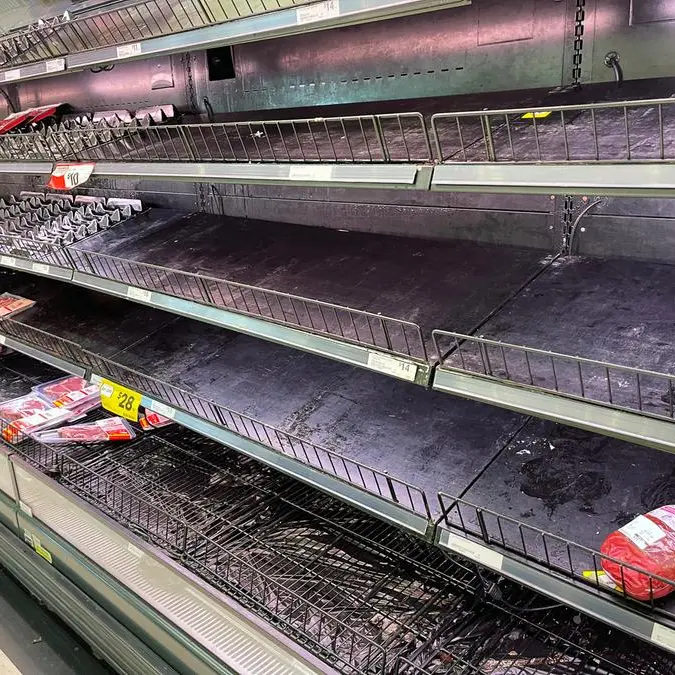PHOTO
Kenya’s National Treasury plans to raise government expenditure by 15.9 percent to Ksh3.66 trillion (about $29.2 billion) in the next financial year, anchored on a projected increase in tax revenue. But latest figures show that Kenya Revenue Authority (KRA) has failed to meet current targets.
The draft medium-term national Budget Policy Statement released this past week shows that the government plans to increase the budget size to $40.5 billion by 2026, supported by an expected sustained increase in tax revenue.
The Treasury expects revenue to increase to $23 billion next year, a 15 percent rise, and to at least $33.4 billion by 2026, mostly driven by anticipated growth in tax revenue and a slight improvement in appropriations in aid.
“Revenue performance will be underpinned by the ongoing reforms in tax policy and revenue administration measures geared towards expanding the tax base,” reads the statement published February 15.
At the same time, Treasury says it intends on narrowing down the fiscal deficit to $5.7 billion (4.4 percent of GDP) in the next financial year, from the $6.6 billion (5.7 percent) in the 2022/23 year, and further to about 3.6 percent of GDP by 2026 as national output grows.
Feasibility test
This is expected to see a sustained drop in debt financing, which is also planned to shift in favour of domestic borrowing and concessional loans, at the expense of external ones, which have lately become expensive to service.
But meeting targets for tax revenue and treasury securities has lately been an uphill task, raising questions on the feasibility of the ambitions set for the next financial year and the medium-term.
Data from the National Treasury shows that the KRA collected $7.8 billion (Ksh985 billion) in the first half of this financial year, missing the target for the period by about $342 million.
Despite this, the recently tabled supplementary budget was revised upwards with revenue projections for the period pegged at $20.1 billion, which means that KRA will have to collect nearly twice the amount collected in the first half year in the remaining months.
‘Too optimistic’
Some commentators term the projections “too optimistic” given the current state of the economy.
“Fiscal consolidation means vertically cutting down the fiscal deficit by reducing recurrent and development expenditure,” said James Muraguri, chief executive of Nairobi-based economic thinktank Institute of Public Finance.
“The Treasury’s optimistic projections are fair, but with the prevailing drought and other economic shocks, it is highly unlikely that they will be met as economic activity may remain subdued.”
The government should have cut down on expenditure and maintain a “practical” expectation for revenue collection rather than planning with money that may not be attained.
However, the state’s fiscal consolidation plan involves “containing expenditures and enhancing mobilisation of revenues in order to slow down growth in public debt,” the policy statement says.
© Copyright 2022 Nation Media Group. All Rights Reserved. Provided by SyndiGate Media Inc. (Syndigate.info).























